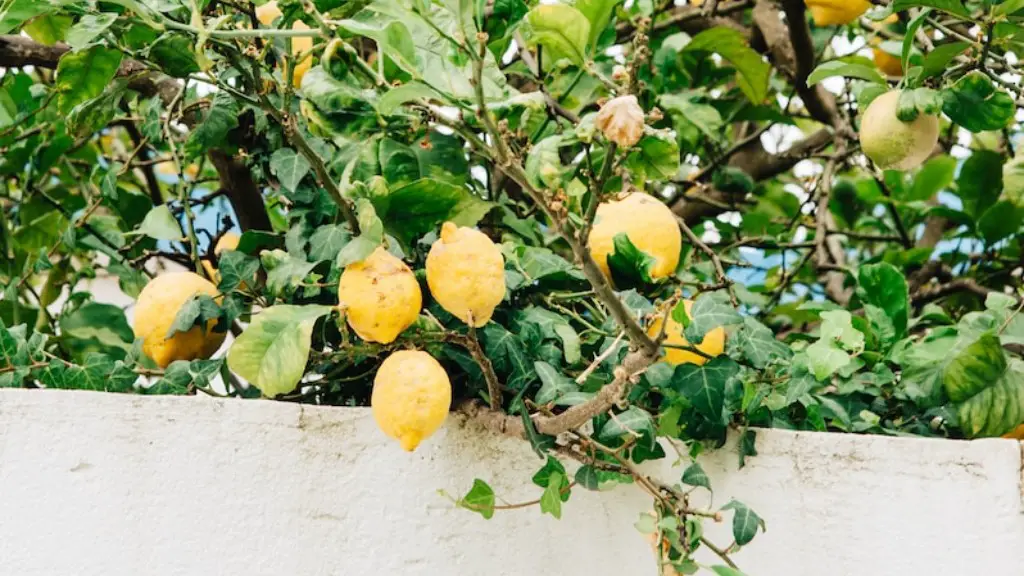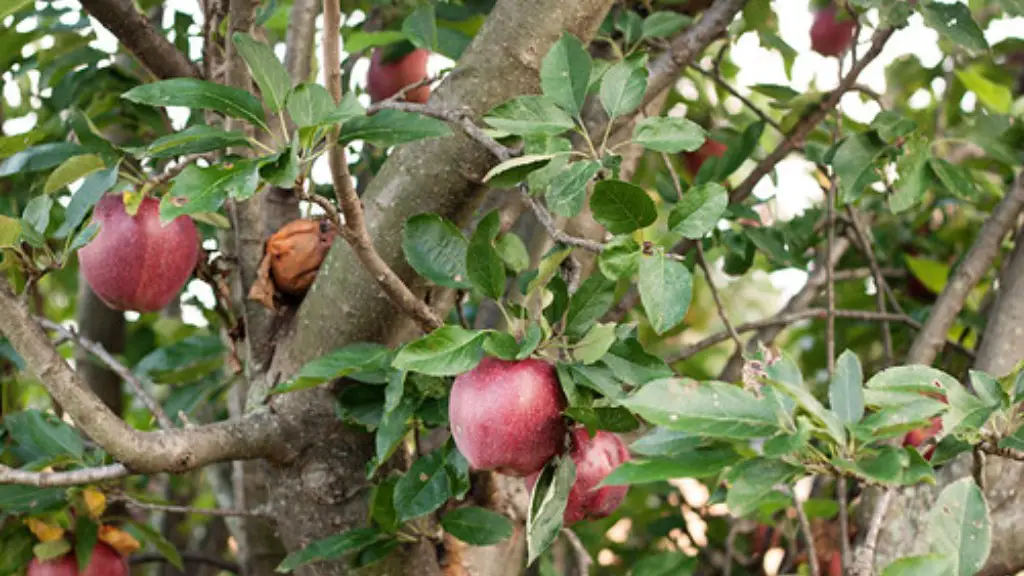When it comes to planting a lemon tree in California, it’s important to know when the best time is. The growing season in California is varied, so it is important to consider factors such as the climate, soil type, and elevation before deciding on when to plant. This article will provide a detailed overview of when to plant a lemon tree in California, based on a variety of factors.
Generally, planting season for lemon trees in California is best done in spring, between the months of April and May. During this time temperatures are mild and consistent, which can help the tree establish its root system properly and more efficiently. If the weather is warmer than usual, then it may be best to wait and plant during the fall, as cooler temperatures can help the tree survive better.
In addition to the temperatures, soil type also matters when it comes to lemon tree planting in California. Areas near the coast tend to have soils that are slightly sandier, which hold less nutrients and moisture, while soils in the drier, inland areas tend to be chalky and clay-like, holding more nutrients and moisture.
Elevation is another factor when it comes to planting a lemon tree in California. In higher elevations and mountain regions, the soil is often cooler, which can lead to a slower growth rate in the tree and a less vigorous crop in the long run. However, elevations closer to the coast can have very productive soils if the right type of fertilizer is used.
Before planting a lemon tree in California, it is important to consider all of these factors, as well as the local climate, to choose when to start planting. Doing research and consulting experts can help determine when the best time to start planting is, as each area can be different.
Soil Preparation
Before planting a lemon tree in California, soil preparation is essential. The soil should be well-drained, with a pH level of 6-7. Loosening the soil and adding organic matter, such as compost, can help to improve its quality. Additionally, fertilizing with an appropriate fertilizer prior to planting can help to improve the growth of the tree.
In colder climates, mulching around the tree can help to keep the soil warm and consistent, maintaining ideal growth conditions throughout the year. It is also important to keep the soil moist at all times, making sure to water the tree regularly or use a drip irrigation system to keep the soil moist. Lastly, it is important to keep the area well-weeded, as weeds can compete with the tree for essential nutrients and moisture.
In conclusion, many factors should be taken into account when choosing when to plant a lemon tree in California. Planting in spring or fall can help the tree to establish its root system properly. Soil type and elevation can also affect the growth of the tree, and should be taken into consideration when deciding when to start planting. Additionally, soil preparation, fertilizing, mulching, and keeping the soil moist can also help to improve the growth of the tree.
Fertilizers
When it comes to fertilizing a lemon tree in California, there are a variety of fertilizers available. It is important to choose one that is suited for the specific type of tree, soil type, and climate. It is also important to follow the instructions on the package carefully, remembering to never over-fertilize, as this can damage the tree.
Fertilizers that contain high concentrations of nitrogen can be beneficial for young trees. These can help to promote healthy growth, as well as stronger roots. On the other hand, mature trees can benefit from fertilizers that contain higher concentrations of potassium, as this can help to promote quality fruit production.
It is also important to monitor the tree regularly. If the tree looks like it is struggling, then it is important to consult an expert or switch to a different fertilizer. Depending on the climate and soil type, the tree may need additional fertilizer during the growing season. For example, during cold winters or periods of drought, additional fertilizing may be necessary to maintain healthy growth.
In addition to fertilizer, regular pruning can also help to promote healthy growth in a lemon tree. Pruning helps to increase air circulation, allowing the tree to receive more sunlight and nutrients, as well as improving its overall shape. Pruning can also help to reduce the risk of diseases and pests, and can help the tree to produce larger, healthier fruits.
Pests and Diseases
When it comes to pest and diseases, it is important to be aware of the kinds that are common in the area. Different kinds of pests and diseases can affect different kinds of trees, so it is important to research the types of pests and diseases that are common in the area.
Common pests in California include aphids, mealybugs, whiteflies, and scale. All of these pests can damage a lemon tree, sucking the sap from the leaves and reducing the overall health of the tree. It is important to regularly monitor the tree for signs of pests, and contact a professional if necessary.
Diseases in California can also cause damage to a lemon tree. Common diseases include root rot, powdery mildew, and bacterial leaf spot. These diseases can damage the leaves and weaken the tree, making it more susceptible to other issues. It is important to inspect the tree regularly and treat it with a fungicide if necessary.
Finally, it is important to keep the area around the lemon tree clean. Clearing away any dead leaves and debris can reduce the risk of pests and diseases from spreading. Additionally, making sure the tree gets plenty of air circulation can help reduce the chances of any disease outbreak. Following these steps can help to ensure that the lemon tree grows healthy and strong.
Conclusion
When it comes to planting a lemon tree in California, there are a variety of factors to consider. Knowing when to plant is essential, as well as taking into account soil type, elevation, and local climate. Additionally, it is important to prepare the soil well, fertilize appropriately, and keep the area free of pests and disease. Following these steps can help to ensure that a lemon tree grows healthy and strong.



